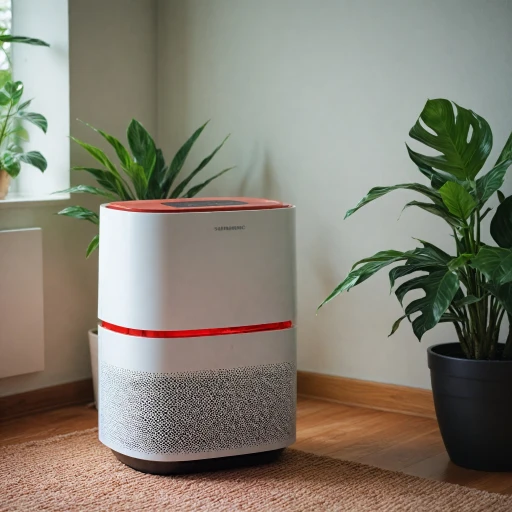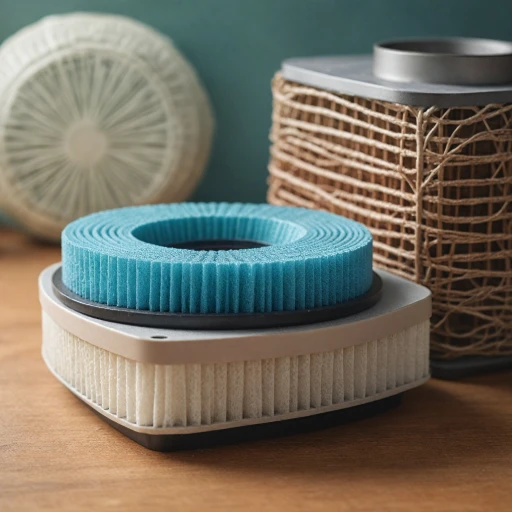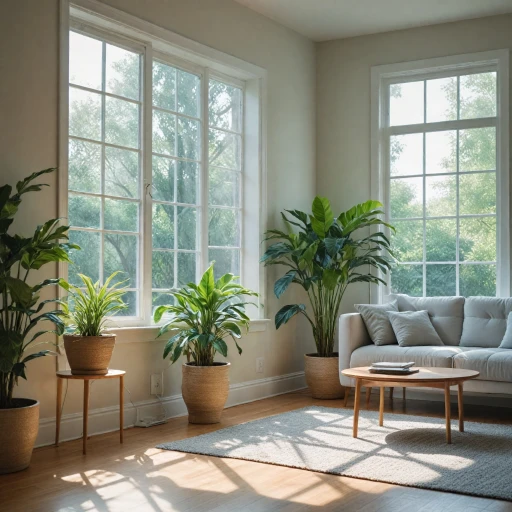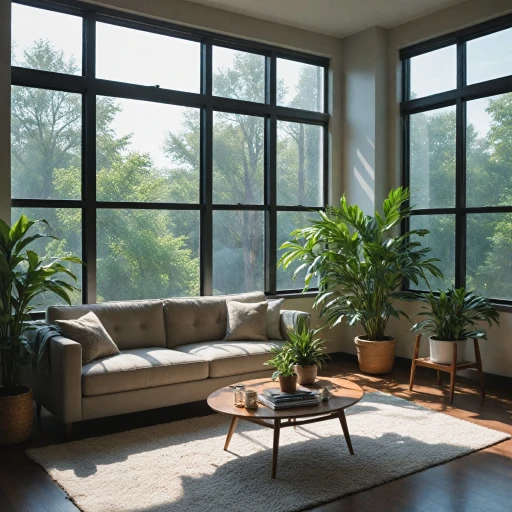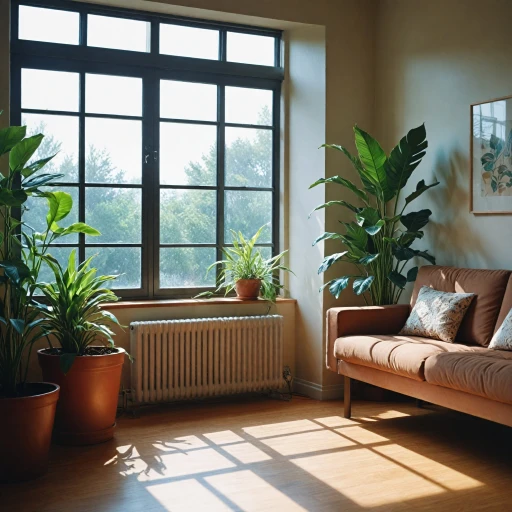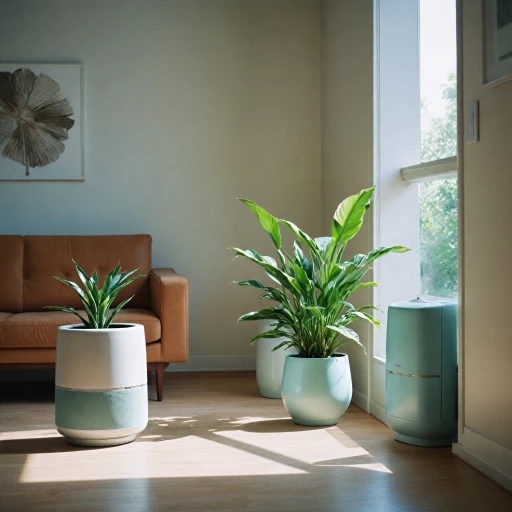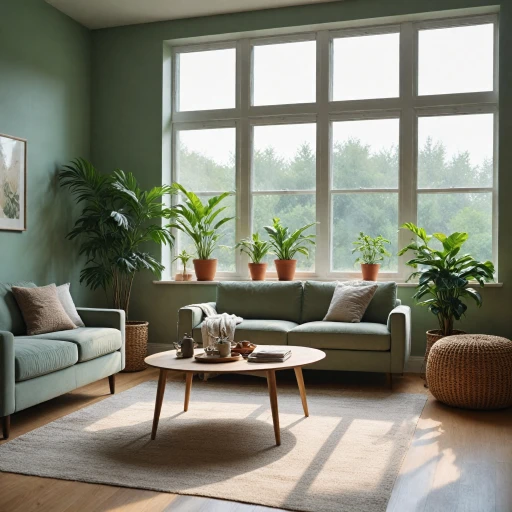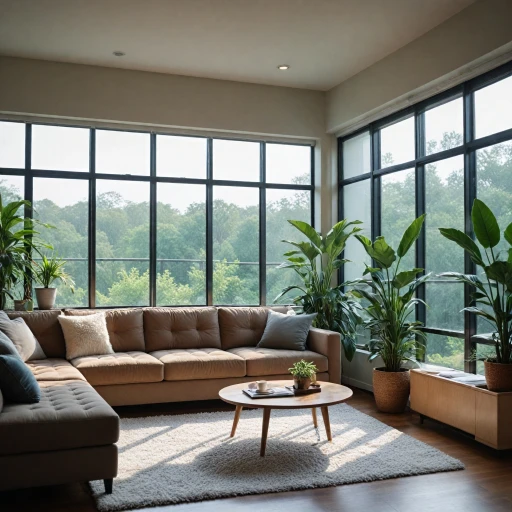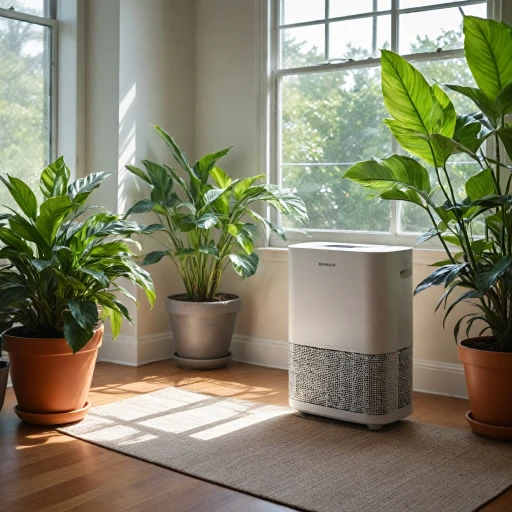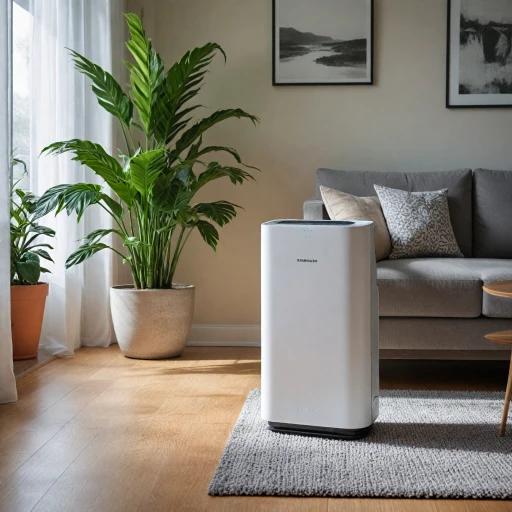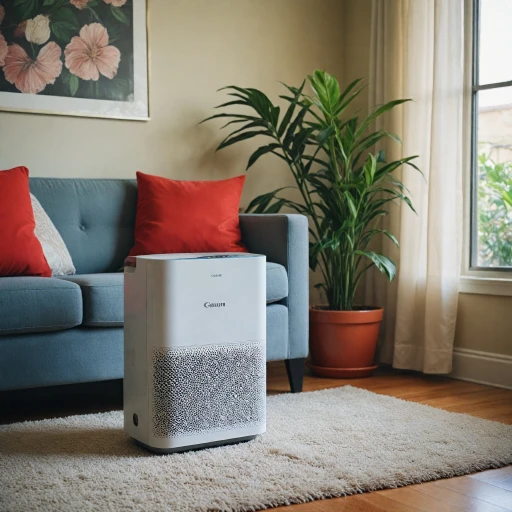
The Role of Air Purifiers in Modern Homes
The Rise of Air Purifiers in Households
Air purifiers have become a common fixture in many homes, particularly as awareness of air quality issues continues to grow. From dust and pet hair to smoke and high levels of pollution, these devices serve multiple roles in modern living environments. Purifiers equipped with true HEPA filters, such as the Coway Airmega, are particularly popular for their ability to trap up to 99.97% of particles as small as 0.3 microns. This makes them highly effective against a broad range of indoor pollutants.
In the United States, where larger homes and rooms are commonplace, models designed for large areas, such as the Blue Pure or those equipped with activated carbon filters, are especially favored. These devices not only address health concerns but also enhance comfort by minimizing allergens and odors, thus making living spaces more inviting.
Advanced Features and Their Appeal
Technological advancements have introduced air purifiers with smart features that adjust settings based on real-time air quality readings. For example, some models automatically increase fan speed when they detect an uptick in dust or other airborne particles. The best air purifiers often highlight their quiet operation, ensuring that noise levels remain low, making them suitable for bedrooms or quiet areas.
The review and sale sites like Amazon host countless options, from highly-rated models in the five-stars range to budget-friendly choices. The Coway Airmega and other top-performing air cleaners have garnered attention for their efficacy, but it’s important to weigh these options against natural alternatives and without the aid of an air purifier.
Ultimately, understanding the role of these devices in enhancing air quality can help in evaluating whether they are a necessary addition to your home. As we’ll explore in the following sections, there are both challenges to living sans air purifier and viable natural alternatives that warrant consideration.
Challenges of Living Sans Air Purifier
Exploring Life Without Air Purifiers
Living in a home sans air purifier can present several challenges, particularly when it comes to air quality. Without the aid of efficient air purifiers equipped with HEPA filters, homes may find it difficult to combat common airborne particles like dust and pet hair. In larger rooms, this can result in a noticeable decline in air quality. For individuals residing in areas with high pollution or frequent smoke, the absence of an air purifier such as the Coway Airmega or Blue Pure can be particularly challenging. These devices are designed to operate quietly while removing significant portions of harmful particles from the air. However, living without these purifiers may mean relying on natural methods like opening windows more frequently, which is not always feasible or effective during poor weather conditions or in heavily polluted environments. Moreover, individuals with allergies, asthma, or other respiratory conditions might find that the lack of an air cleaner results in more frequent symptoms as they are consistently exposed to allergens and irritants. The limitations of living without air purifiers become evident when we consider the role these devices play in maintaining air quality standards in numerous households across the United States. Readers looking for guidance on maintaining indoor air quality in such situations can explore resources on "enhancing indoor air quality with Holmes air purifier filters." This could provide insights into maintaining a healthy environment even without these devices, ensuring your home remains a safe haven.Natural Alternatives to Air Purifiers
Exploring Natural Solutions for Cleaner Air
Living without an air purifier might initially seem like a daunting prospect, but there are several natural alternatives that can significantly improve the air quality in your home. From simple measures like opening windows to allow fresh air to circulate, to more structured approaches like integrating certain plants or technologies, there's a range of solutions to consider. First and foremost, ensuring adequate ventilation is key. By opening windows regularly, you allow outdoor air to replace stale indoor air, which can reduce the concentration of indoor pollutants and improve air quality. However, relying solely on ventilation might not suffice, especially in large rooms or areas with high levels of dust or smoke. One effective alternative is using air-purifying plants. Certain plant species are renowned for their ability to remove toxins and improve air quality. Some top choices include spider plants, peace lilies, and bamboo palms. These plants act as natural filters, absorbing particles and releasing oxygen. Utilizing essential oils can also enhance indoor air quality. Oils like eucalyptus and tea tree have natural anti-microbial properties that purify the air and leave your space smelling fresh, although their impact may not be as pronounced as modern air purifiers. Moreover, incorporating elements like activated carbon in your home can help trap particles and reduce odors. While this isn't a direct substitute for an air purifier's capabilities, it can be part of a broader strategy to keep indoor air clean. Of course, evaluating and maintaining the components involved in any air filtration method is critical. For instance, filters play a pivotal role in capturing dust and pollen, whether in a high-end air purifier or a simple fan. Regular replacement and maintenance are crucial to ensure efficiency. To understand the importance of maintaining quality filters, you can explore this comprehensive guide. In conclusion, while modern air purifiers offer targeted solutions for specific concerns like pet hair or allergens, exploring natural techniques can provide an affordable and eco-friendly alternative to maintaining indoor air quality sans traditional purifiers.Evaluating Your Indoor Air Quality
Assessing the Environment Indoors
Understanding your indoor air quality is crucial when contemplating life without an air purifier. Indoor air quality can impact health and well-being significantly, whether you're living sans a traditional air purifier or considering switching to a minimalistic approach. Firstly, identify major pollutant sources that may affect the air quality inside your home. Indoor activities like cooking, smoking, or even using certain cleaning products can contribute to poor air quality by releasing particles and gaseous pollutants. It's essential to evaluate how often these activities occur in your household.Air Quality Indicators
Evaluate common indicators of compromised air quality:- Dust Accumulation: Dust particles and pet hair are noticeable signs. A high accumulation suggests that your room may need better ventilation or filtration.
- Size and Usage of Rooms: Large rooms might require more ventilation. If rooms feel stuffy even when windows are open, you may need to reconsider your air filtering strategy.
- Unpleasant Odors: Persistent odors, especially smoke or musty scents, can indicate poor air turnover or filtration.
- Health Symptoms: Pay attention if members of your household frequently experience allergies, headaches, or respiratory issues; these could be linked to indoor air quality.
Measurement Tools for Air Quality
To gauge the quality more scientifically, consider using:- Home Air Quality Monitors: These devices measure aspects like particulate matter (PM2.5), humidity, temperature, and levels of volatile organic compounds (VOCs).
- Efficiency of Existing Filters: If you already have a filtering system using HEPA or activated carbon, regularly check their efficiency. Filters like the Coway Airmega have high ratings on online platforms such as Amazon, proving effective in maintaining air quality.
Cost-Benefit Analysis of Air Purifiers
Assessing the Economic Viability of Air Cleaners
When considering the role of air purifiers in contemporary households, it's crucial to evaluate their cost-effectiveness. While these devices promise enhanced air quality, a more in-depth analysis can help determine if they truly provide value for money. Purchasing an air purifier means investing in the initial cost of the device, commonly priced based on features such as HEPA filters, noise level, and coverage area. Brands like Coway Airmega and Blue Pure offer devices that cater to various room sizes, providing options for both quiet small spaces and large rooms. Top-rated models often draw stars on platforms like Amazon for their efficiency in removing particles like dust and pet hair. Beyond the initial purchase, running costs contribute significantly to the overall expense. Operating a true HEPA air purifier involves regular replacement of the filters and electricity consumption. Devices equipped with activated carbon filters might come at a higher price point but target specific pollutants like smoke for improved air cleanliness. Some like to foray into natural alternatives, opening windows or leveraging indoor plants to filter the air sans any mechanical device. However, modern solutions offer a reliable and consistent approach to maintaining air quality. Considering noise level as a potential concern, some users find solace in opting for high-performance, yet quiet models that do not disrupt the room's ambiance. On closer inspection, the question arises—do the benefits outweigh the costs? Analyzing the need for an air purifier often circles back to assessing the air quality in your environment, the sensitivity of individuals to allergens, and budgetary constraints. Living without an air purifier admittedly has challenges, but the decision requires aligning personal health needs with financial realities. In conclusion, understanding the best match for your lifestyle and home environment plays a pivotal role in determining the cost-benefit ratio of investing in an air purifier or retaining natural and alternative methods.Making an Informed Decision
Navigating the Path to Cleaner Air
Choosing the right approach for achieving better air quality at home can indeed be a perplexing task. There are several factors to consider before making the leap towards or away from using an air purifier. Let’s weigh the options carefully to make an informed decision.- Consider Your Environment: If you live in a large room in an urban area of the United States, outdoor pollutants like smoke and dust may heavily impact your living conditions. In such cases, the quality of air matters considerably, making air purifiers a worthy investment. High-efficiency models like the Coway Airmega and Blue Pure have been recognized for their performance in large rooms.
- Assess Health Needs: Individuals with allergies or respiratory conditions may find that HEPA filters, known for trapping particles as tiny as pet hair and dust mites, provide significant relief. True HEPA filters, as found in top models, deliver enhanced air purification.
- Evaluate Noise Levels: For those who prefer a quieter environment, opting for purifiers with smart air technology and lower noise levels is essential. Units such as Blue Pure's models have been commended for their quiet operation.
- Balance Cost vs. Benefits: Consider the cost-benefit aspect of purchasing an air purifier. While some units might be expensive upfront, such as those with activated carbon filters, these can improve air quality significantly, thus offering long-term health benefits. Reading reviews and ratings, particularly regarding their performance and customer satisfaction on platforms like Amazon, will help in choosing one with high stars ratings.

